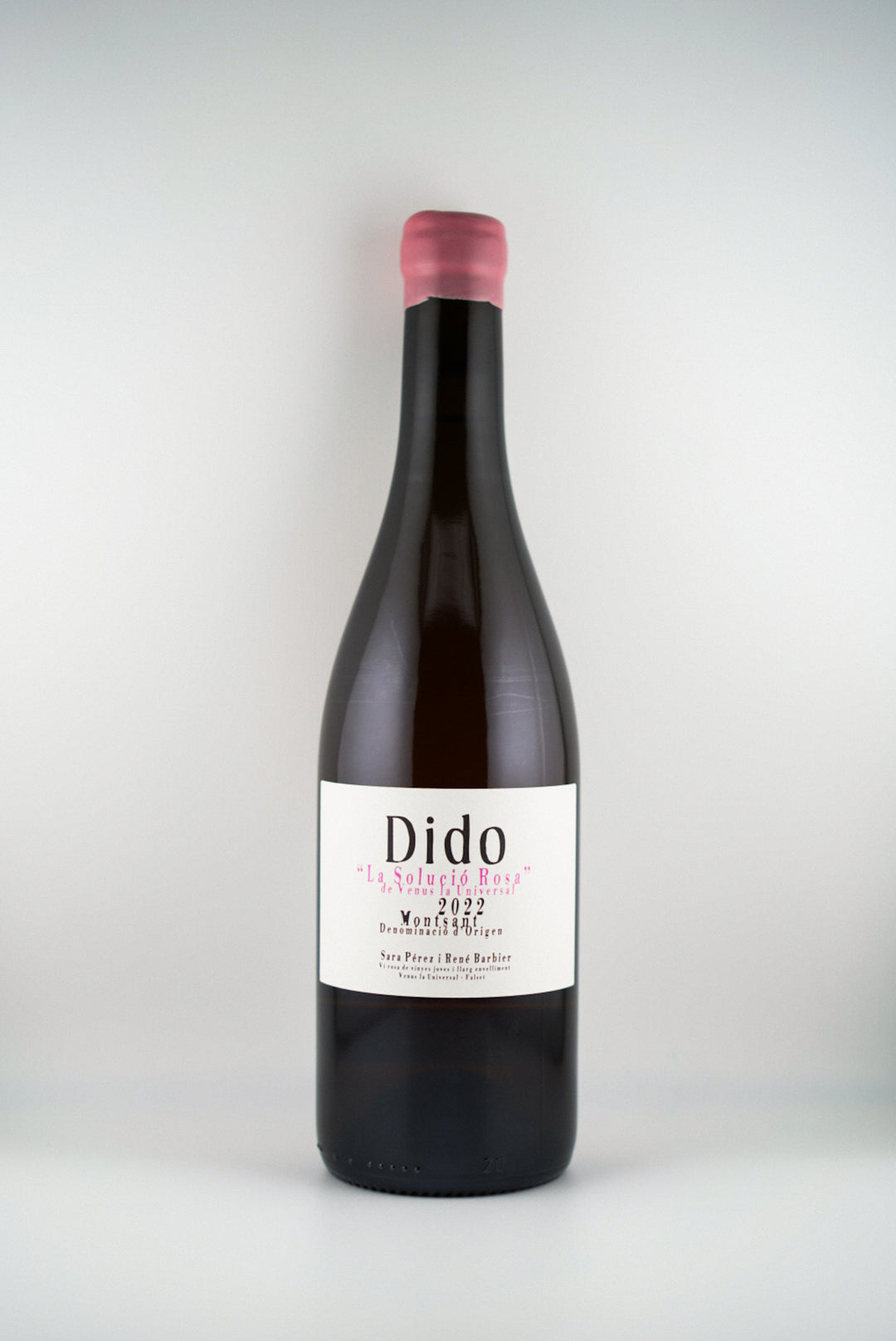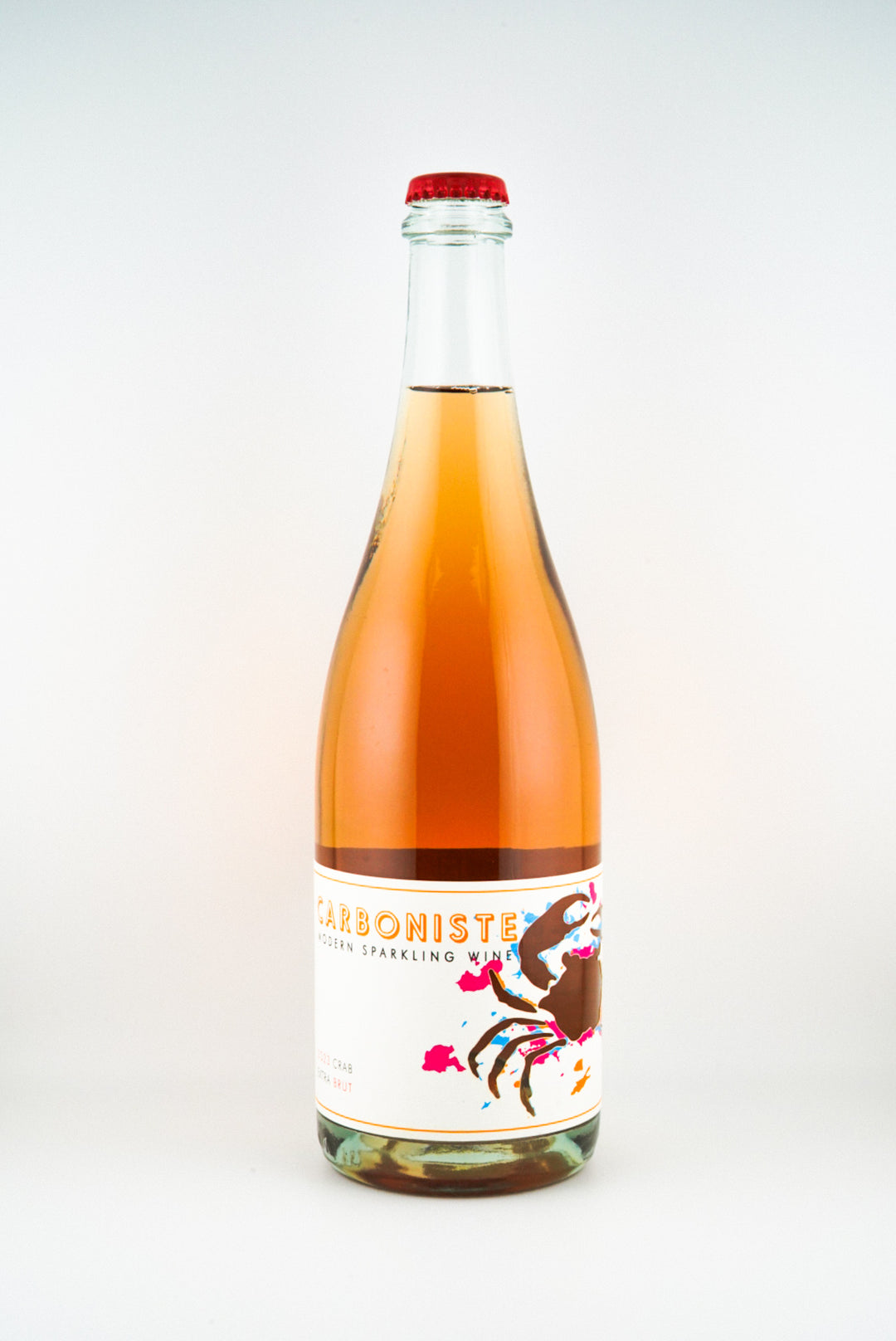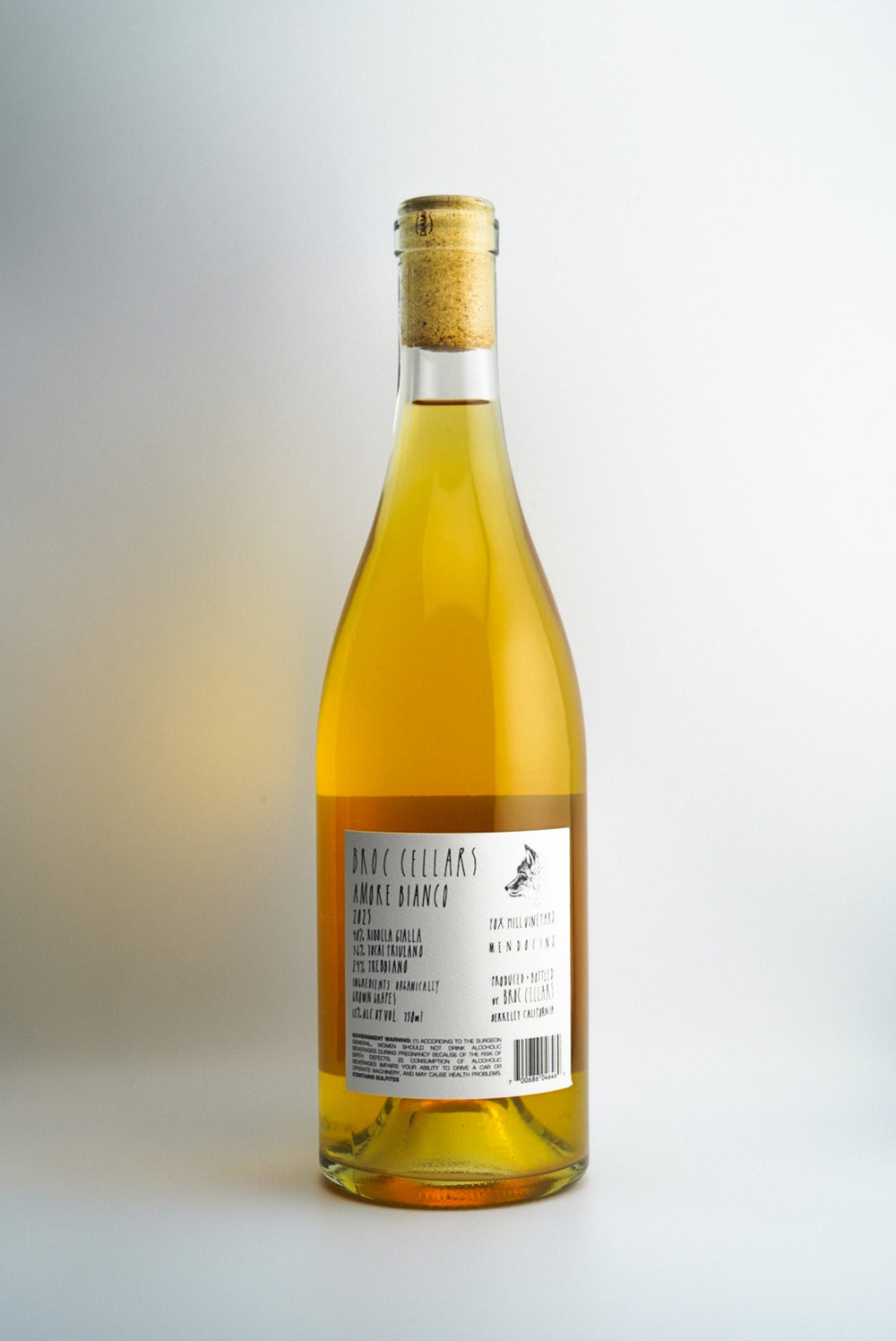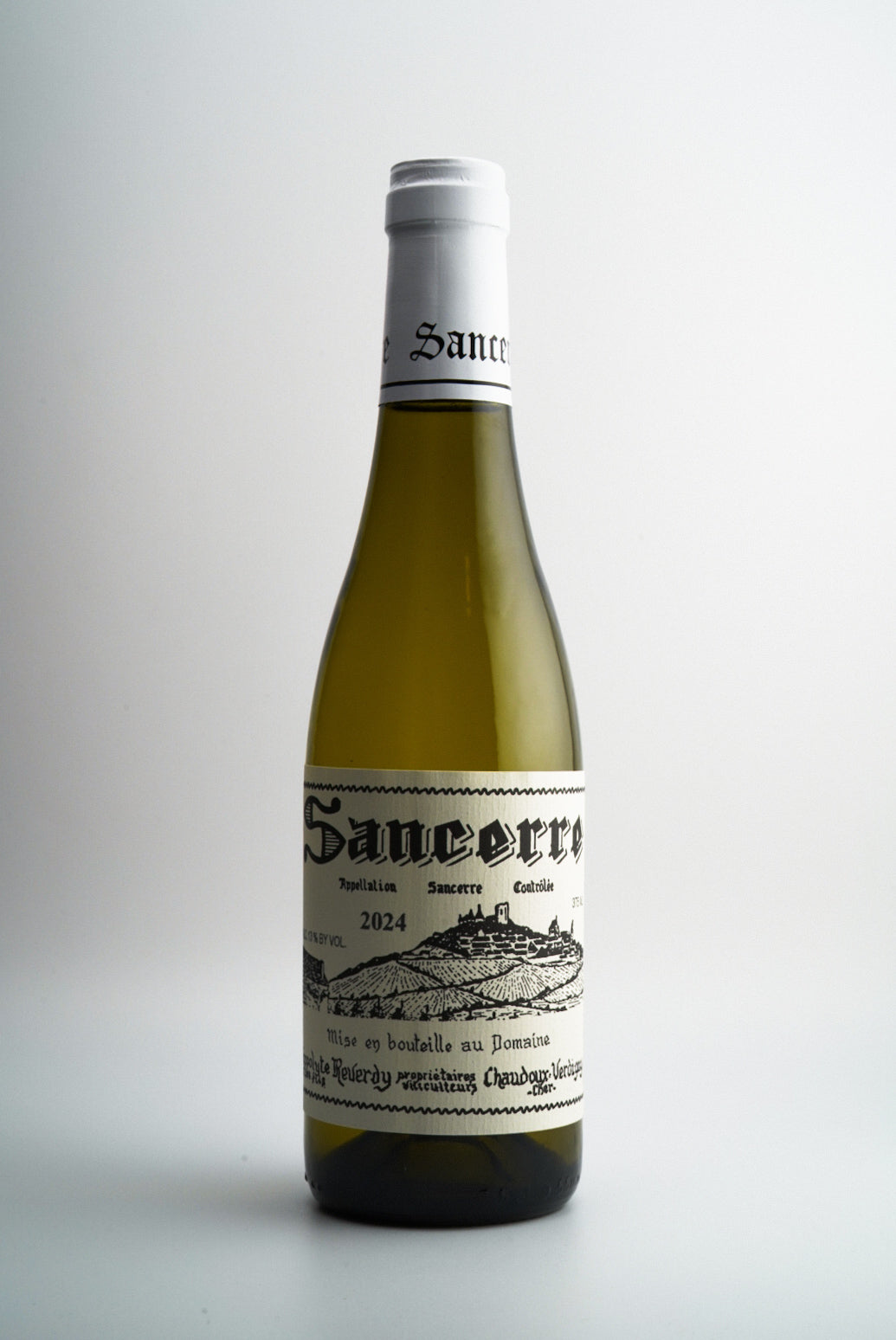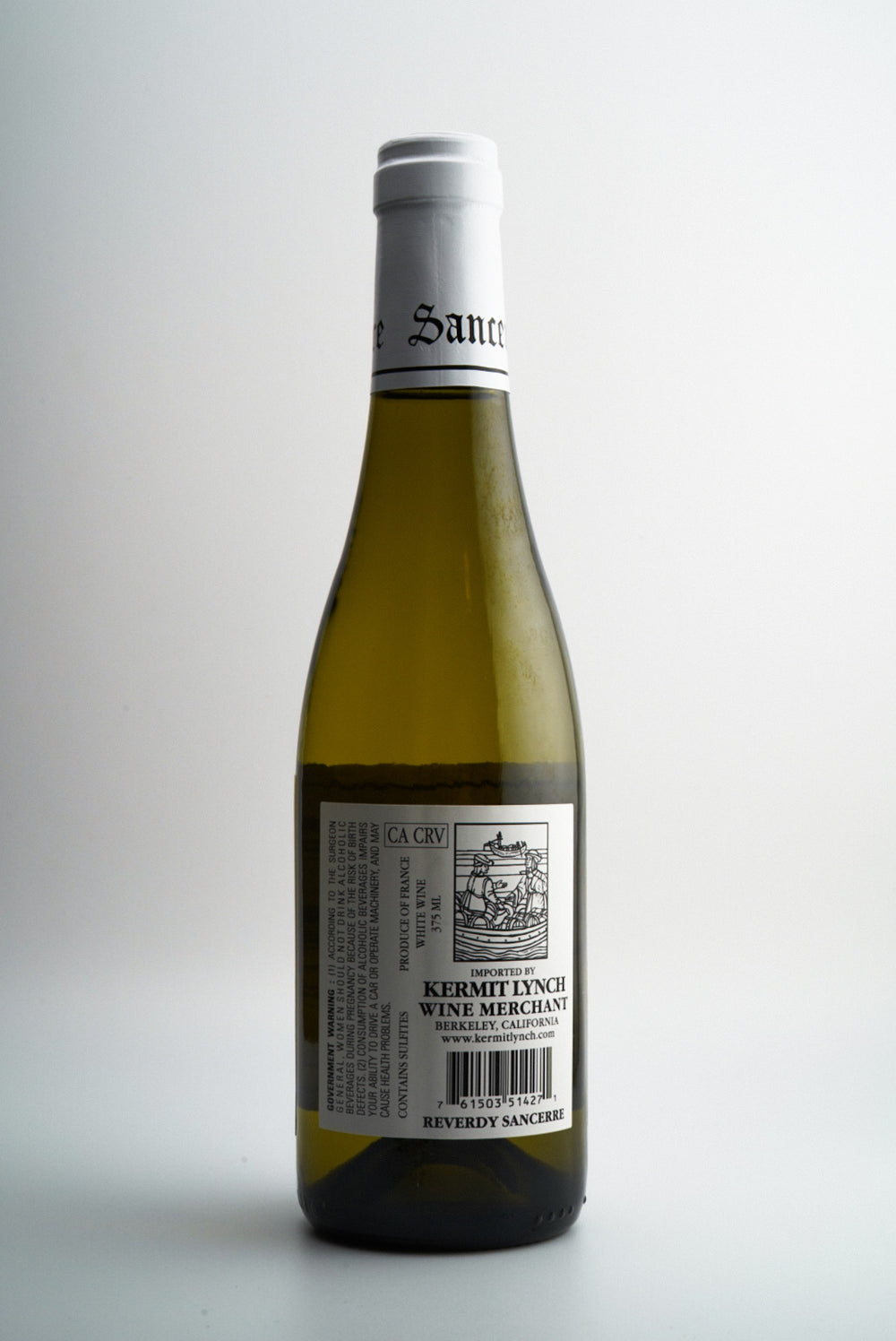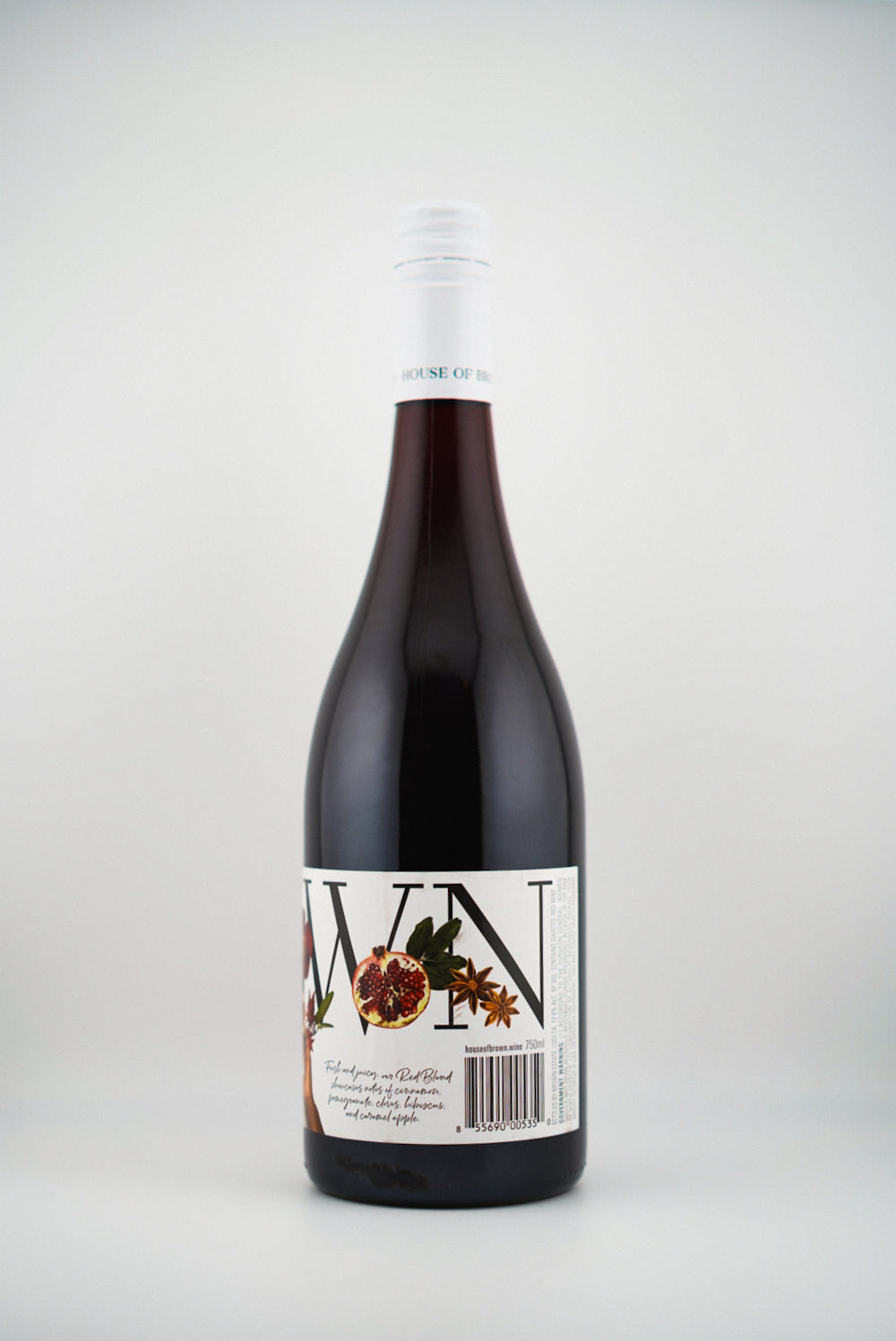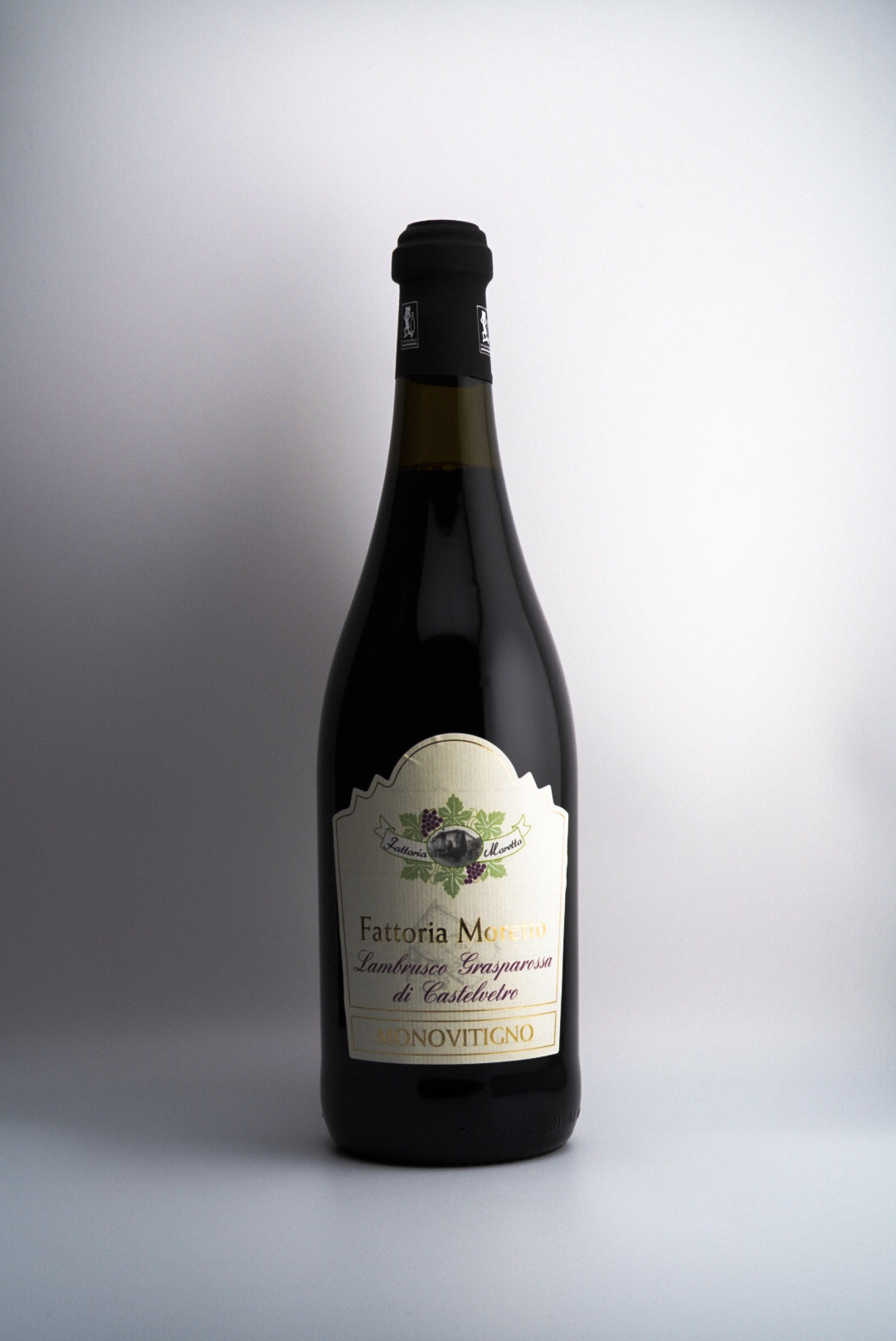The 20 Regions of Italy and Their Wines
A Journey Through Italy’s 20 Regions

Italy is a country whose very soul is intertwined with viticulture. With 73 DOCGs, 330 DOCs, and 118 IGTs, the Italian wine landscape represents one of the most diverse and complex wine cultures in the world. This impressive diversity stems from Italy's 20 distinct administrative regions, each with its own relationship to the vine.
From the Alpine slopes of Valle d'Aosta to the sun-baked hills of Sicily, Italian wine reflects not just terroir, but history, culture, and regional identity. This diversity is unmatched anywhere else in the wine world, with thousands of years of winemaking history expressed through hundreds of indigenous grape varieties that exist nowhere else.
In this comprehensive guide, we'll journey through all 20 of Italy's administrative regions, exploring their most celebrated appellations alongside lesser-known local treasures that deserve your attention. We'll discover signature grape varieties that express each region's unique character, and highlight producers who exemplify regional winemaking traditions.
Understanding Italian Wine Classification
Before we embark on our tour of Italy's wine regions, it's important to understand the framework that organizes Italian wines. The Italian classification system consists of four quality tiers:
DOCG (Denominazione di Origine Controllata e Garantita)
The highest quality designation in Italian wine, DOCG regions must follow the strictest regulations regarding grape varieties, yield limits, aging requirements, and quality testing. With 73 DOCG zones across Italy, these represent the pinnacle of Italian winemaking tradition.
DOC (Denominazione di Origine Controllata)
The second-highest tier with 330 DOC designations throughout Italy. While still regulated, DOC requirements are slightly less stringent than DOCG. Many of Italy's most classic wines fall into this category.
IGT (Indicazione Geografica Tipica)
Introduced in 1992, the 118 IGT zones provide more flexibility to winemakers while still requiring geographic authenticity. Many innovative and internationally-styled wines (including the famous "Super Tuscans") fall into this category.
Vino (Table Wine)
The most basic classification, allowing maximum flexibility for producers. While many table wines are simple, everyday offerings, some high-quality producers choose this classification to work outside traditional regulations.
This classification system provides structure, but remember that quality can be found at every level—what matters most is the producer's commitment to excellence, regardless of classification.
1. Valle d'Aosta (Val d'Aosta)

Nestled in the Alps along the French and Swiss borders, Valle d'Aosta is Italy's smallest wine region. Heroic viticulture defines winemaking here, with vineyards planted on steep slopes at elevations up to 1,200 meters (4,000 feet), some of the highest in Europe.
Key Wine Areas
- Valle d'Aosta DOC - The region's only appellation, with sub-zones including:
- Blanc de Morgex et de La Salle - Made from the Prié Blanc grape grown on Europe's highest vineyards
- Enfer d'Arvier - Primarily Petit Rouge, producing robust reds from a sun-trap valley called "The Inferno"
- Torrette - Petit Rouge-based red blends from vineyards near the regional capital of Aosta
Indigenous Grapes
- Petit Rouge - The region's principal red grape, producing cherry-scented, medium-bodied wines
- Fumin - A nearly-extinct red variety resurrected in recent decades, yielding deep, spicy reds
- Prié Blanc - An ancient white variety uniquely adapted to high altitudes, creating mineral-driven wines
- Petite Arvine - White variety shared with neighboring Switzerland, offering floral complexity
Notable Producers
- Les Crêtes, Cave Mont Blanc, La Kiuva, Cave des Onze Communes, Grosjean
2. Piedmont (Piemonte)

Piedmont, nestled against the Alps in Italy's northwest, is regarded by many as Italy's most prestigious wine region. The king of Piedmontese wine is Nebbiolo, which produces some of Italy's most age-worthy reds, while the region's culinary traditions of white truffles and rich cuisine create perfect partnerships with its wines.
Key Wine Areas
- Barolo DOCG - The "king of wines," producing powerful, tannic, age-worthy Nebbiolo wines from specific communes, each with its own character
- Barbaresco DOCG - Often considered Barolo's more elegant sister, these Nebbiolo wines tend to be more approachable in youth
- Roero DOCG - Produces both red Nebbiolo wines and whites from the aromatic Arneis grape
- Gavi DOCG - Renowned white wines from the Cortese grape, known for their crisp acidity and mineral character
- Barbera d'Asti and Barbera d'Alba DOCs - Vibrant, juicy reds from the region's most widely planted grape
- Dolcetto di Dogliani DOCG - The highest expression of the early-drinking Dolcetto grape
- Asti DOCG and Moscato d'Asti DOCG - Famous sweet and sparkling wines from the aromatic Moscato grape
Indigenous Grapes
- Nebbiolo - The noble grape of Barolo and Barbaresco, offering perfumed notes of rose, tar, cherry, and truffles with formidable structure
- Barbera - High-acid, medium-bodied reds with bright cherry fruit and surprising versatility
- Dolcetto - Early-ripening variety producing approachable wines with soft tannins and moderate acidity
- Arneis - "Little rascal" white grape offering pear, almond, and mineral notes
- Cortese - The grape of Gavi, producing crisp, citrusy whites with good structure
Notable Producers
- Gaja, Giacomo Conterno, Bruno Giacosa, Pio Cesare, Vietti, Giuseppe Rinaldi, Bartolo Mascarello, Ceretto, Fontanafredda, G.D. Vajra, Elio Altare, Produttori del Barbaresco, La Spinetta
3. Lombardy (Lombardia)
Better known for fashion and finance than wine, Lombardy nevertheless produces some remarkable bottles, from world-class sparkling wines to unique alpine reds. The region's diverse geography—from mountains to plains to lakes—creates a wide range of microclimates suitable for both international and indigenous varieties.
Key Wine Areas
- Franciacorta DOCG - Italy's premier traditional-method sparkling wine region, often compared to Champagne
- Oltrepò Pavese DOC - Large and diverse region producing everything from sparkling wines to rich reds
- Valtellina DOCG - Alpine Nebbiolo (locally called Chiavennasca) wines with elegant, ethereal profiles
- Lugana DOC - White wines from the Turbiana grape (related to Verdicchio) grown near Lake Garda
Indigenous and Key Grapes
- Nebbiolo (Chiavennasca) - In Valtellina, producing more delicate expressions than in Piedmont
- Turbiana - Creating mineral-rich whites in the Lugana DOC
- International Varieties: Chardonnay and Pinot Noir dominate in Franciacorta, while Barbera and Croatina are important in Oltrepò Pavese
Notable Producers
- Ca' del Bosco, Bellavista, Ar.Pe.Pe., Nino Negri, Conte Vistarino, Berlucchi, Ca' di Frara, Mauro Vini
4. Liguria
This crescent-shaped coastal region stretches along the Italian Riviera, producing distinctive wines from terraced vineyards that often overlook the Mediterranean. The challenging terrain makes viticulture difficult and yields limited, but the fresh, mineral whites and light, bright reds complement the region's seafood-focused cuisine perfectly.
Key Wine Areas
- Cinque Terre DOC - Dramatic seaside vineyards producing mineral-driven whites from local varieties
- Rossese di Dolceacqua DOC - Elegant reds from the Rossese grape near the French border
- Vermentino di Riviera Ligure di Ponente DOC - Aromatic whites from the western end of the region
- Colli di Luni DOC - Exceptional Vermentino whites with saline character
Indigenous Grapes
- Vermentino - Crisp, fragrant whites with citrus and mineral notes
- Pigato - Related to Vermentino but with distinctive character, offering richer texture and herbal notes
- Rossese - Red variety producing light to medium-bodied wines with spice and red fruits
- Bosco, Albarola, Vermentino - The traditional blend for Cinque Terre whites
Notable Producers
- Cantine Lunae, Terre Bianche, Punta Crena, Bio Vio, Durin, Walter de Batté, Enoteca Internazionale, A. Doria
5. Trentino-Alto Adige

This Alpine region split between Italian and German-speaking areas produces some of Italy's most pristine, precise wines with pronounced mountain character. The region is actually two distinct provinces: the more Germanic Alto Adige (Südtirol) in the north and the more Italian Trentino in the south.
Key Wine Areas
- Alto Adige/Südtirol DOC - The German-influenced north, known for exceptional aromatic whites and Alpine reds
- Trentino DOC - The Italian-influenced south, producing a wide range of styles
- Trento DOC - Traditional-method sparkling wines rivaling Franciacorta in quality
- Teroldego Rotaliano DOC - Powerful reds from the Teroldego grape in a flat plain called Campo Rotaliano
Indigenous and Key Grapes
- Lagrein - Red variety producing deep, plummy wines with notable tannin and acidity
- Schiava (Vernatsch) - Light-bodied, aromatic red with cherry notes and soft tannins
- Teroldego - Deep, structured red wines with dark fruit and earthy notes
- Nosiola - The only truly indigenous white variety to Trentino
- International Varieties: Pinot Grigio, Gewürztraminer, Müller-Thurgau, Chardonnay, Pinot Noir, and Merlot thrive here
Notable Producers
- Alois Lageder, Elena Walch, J. Hofstätter, Cantina Terlano, Cantina Tramin, Ferrari, Foradori, San Leonardo, Pojer & Sandri
6. Veneto
One of Italy's most productive wine regions, Veneto offers remarkable diversity, from light Proseccos to powerful Amarones. The region stretches from the Alps to the Adriatic Sea, encompassing Lake Garda, the Euganean Hills, and the Valpolicella zone north of Verona.
Key Wine Areas
- Valpolicella DOCG/DOC - Home to multiple styles including the powerful Amarone della Valpolicella DOCG, made from partially dried grapes, and the rich Recioto sweet wines
- Soave DOCG/DOC - Historic white wine zone producing mineral-driven Garganega wines
- Prosecco DOCG/DOC - The famous sparkling wine region, with top examples from Conegliano Valdobbiadene Prosecco Superiore DOCG
- Bardolino DOC - Light, fresh reds from the shores of Lake Garda
- Lugana DOC - Shares this appellation with Lombardy, producing excellent whites
Indigenous Grapes
- Corvina, Corvinone, Rondinella - The key grapes of Valpolicella, used in various styles from light reds to powerful Amarone
- Garganega - The principal grape of Soave, producing whites with almond, citrus, and mineral notes
- Glera - The primary grape of Prosecco, offering fresh, aromatic sparkling wines
- Raboso - Tannic, high-acid red variety native to the eastern Veneto
Notable Producers
- Masi, Allegrini, Romano Dal Forno, Giuseppe Quintarelli, Pieropan, Bisol, Bolla, Zenato, Bertani, Tommasi, Foss Marai, Nino Franco
7. Friuli-Venezia Giulia
Bordering Slovenia and Austria, Friuli-Venezia Giulia produces Italy's most distinctive white wines, known for their purity, precision, and expressiveness. The region's complex cultural identity—where Italian, Slavic, and Germanic influences converge—is reflected in its winemaking traditions, including pioneering work with skin-contact "orange" wines.
Key Wine Areas
- Collio/Collio Goriziano DOC - Premium white wine region near the Slovenian border with a special microclimate
- Colli Orientali del Friuli DOC - Diverse region producing both whites and reds of distinction
- Friuli Grave DOC - Largest production area with gravelly soils ideal for aromatic varieties
- Carso DOC - Rocky limestone plateau producing distinctive wines, including orange wines
Indigenous Grapes
- Friulano - Previously known as Tocai Friulano, producing medium-bodied whites with almond and stone fruit notes
- Ribolla Gialla - Ancient variety experiencing a renaissance, particularly in orange wine production
- Refosco dal Peduncolo Rosso - Tannic red variety with dark fruit and peppery notes
- Schioppettino - Nearly extinct red variety revived in recent decades, offering peppery, aromatic reds
- Picolit - Rare white grape used for prestigious sweet wines
- International Varieties: Pinot Grigio, Sauvignon Blanc, Chardonnay, and Merlot excel here
Notable Producers
- Livio Felluga, Jermann, Gravner, Radikon, Miani, Schiopetto, Marco Felluga, Vie di Romans, Venica & Venica, Ronco del Gnemiz
8. Emilia-Romagna

Often treated as two distinct regions, Emilia-Romagna is known for food-friendly wines that complement its status as Italy's gastronomic heartland. The western part (Emilia) is famous for sparkling Lambruscos that pair perfectly with local salumi, while the eastern part (Romagna) focuses on Sangiovese and Albana.
Key Wine Areas
- Lambrusco DOCs - Multiple appellations producing the famous red sparkling wine, including Lambrusco di Sorbara, Lambrusco Grasparossa di Castelvetro, and Lambrusco Salamino di Santa Croce
- Romagna Sangiovese DOC - Structured reds from the same grape as Chianti, with sub-zones producing more distinctive wines
- Albana di Romagna DOCG - Italy's first white DOCG, producing both dry and sweet wines
- Colli Piacentini DOC - Northwestern zone producing still and sparkling wines from various grapes
Indigenous Grapes
- Lambrusco - Actually a family of related varieties producing sparkling red wines ranging from bone-dry to sweet
- Sangiovese - In Romagna, often producing softer, earlier-drinking styles than in Tuscany
- Albana - Ancient white variety capable of producing dry, sweet, and even orange wines
- Pignoletto - White variety related to Umbria's Grechetto, producing both still and sparkling wines
Notable Producers
- Cleto Chiarli, Medici Ermete, Tre Monti, Fattoria Zerbina, La Stoppa, Umberto Cesari, Tenuta San Faustino, Fattoria Paradiso
9. Tuscany (Toscana)

Italy's most famous wine region combines centuries of tradition with bold innovation, creating some of the country's most iconic wines. Its rolling hills, cypress trees, and medieval towns create the quintessential Italian landscape, while its wines—particularly those based on the Sangiovese grape—are ambassadors of Italian wine culture worldwide.
Key Wine Areas
- Chianti Classico DOCG - The historic heart of Tuscany, marked by the iconic Black Rooster symbol, with a quality pyramid including Gran Selezione at the top
- Brunello di Montalcino DOCG - Powerful, age-worthy 100% Sangiovese wines from around the medieval town of Montalcino
- Vino Nobile di Montepulciano DOCG - Elegant Sangiovese-based wines (not to be confused with Montepulciano d'Abruzzo)
- Bolgheri DOC - Coastal region famous for "Super Tuscan" blends featuring international varieties, home to iconic wines like Sassicaia and Ornellaia
- Vernaccia di San Gimignano DOCG - Tuscany's most important white wine appellation
Indigenous and Key Grapes
- Sangiovese - Tuscany's noble grape, known as Brunello in Montalcino and Prugnolo Gentile in Montepulciano, offering cherry fruit, earthy notes, and firm structure
- Vernaccia di San Gimignano - White variety producing crisp wines with almond notes
- Canaiolo - Traditional blending partner with Sangiovese in Chianti
- International Varieties: Cabernet Sauvignon, Merlot, and Cabernet Franc feature prominently in Super Tuscan blends
Notable Producers
- Antinori, Frescobaldi, Tenuta San Guido (Sassicaia), Biondi-Santi, Castello Banfi, Isole e Olena, Fontodi, Castello di Ama, Ornellaia, Tenuta dell'Ornellaia, Castellare di Castellina, Il Poggione, Casanova di Neri, Istine, Volpaia, Bertinga
10. Umbria
Italy's only region without a coastline or international border, Umbria's secluded valleys produce distinctive wines from both native and international varieties. Though overshadowed by neighboring Tuscany, Umbria produces wines of remarkable character, particularly from the indigenous Sagrantino grape.
Key Wine Areas
- Montefalco Sagrantino DOCG - Powerful, tannic reds from the indigenous Sagrantino grape
- Torgiano Rosso Riserva DOCG - Refined Sangiovese-based reds
- Orvieto DOC - Historic white wine region producing fresh, light wines from a blend of varieties
Indigenous Grapes
- Sagrantino - One of Italy's most tannic varieties, producing intense, age-worthy reds with blackberry and spice notes
- Grechetto - White variety used in Orvieto and increasingly as a single-varietal wine
- Trebbiano Spoletino - Not to be confused with other Trebbianos, this local variety creates complex whites when properly handled
Notable Producers
- Arnaldo Caprai, Lungarotti, Paolo Bea, Tabarrini, Antonelli, Adanti, Palazzone, Castello della Sala (Antinori)
11. Marche

This Adriatic coastal region is best known for its distinctive white wines, though it produces notable reds as well. The rugged landscape of rolling hills between the Apennine Mountains and the Adriatic Sea provides diverse terroirs for viticulture.
Key Wine Areas
- Verdicchio dei Castelli di Jesi DOCG/DOC - Complex, long-lived whites from the Verdicchio grape
- Verdicchio di Matelica DOC - More mineral-driven Verdicchio from a higher-altitude inland valley
- Rosso Conero DOCG - Bold Montepulciano-based reds from near the port city of Ancona
- Rosso Piceno DOC - Montepulciano and Sangiovese blends from across the southern part of the region
Indigenous Grapes
- Verdicchio - Premier white variety capable of producing everything from simple fresh wines to complex, age-worthy examples
- Montepulciano - The dominant red grape (not to be confused with the Tuscan town)
- Pecorino - Resurgent white variety offering crisp acidity and mineral notes
- Passerina - Ancient white variety experiencing renewed interest
Notable Producers
- Umani Ronchi, Bucci, Garofoli, Bisci, La Staffa, Belisario, Velenosi, Oasi degli Angeli, CiĂš CiĂš
12. Lazio
The region surrounding Rome has ancient viticultural roots but is working to overcome a reputation for simple, everyday wines. While historically associated with light, easy-drinking whites, a new generation of producers is reviving quality winemaking and indigenous varieties.
Key Wine Areas
- Frascati DOCG/DOC - Rome's traditional white wine, experiencing a quality resurgence
- Cesanese del Piglio DOCG - Red wines from the native Cesanese grape
- Est! Est!! Est!!! di Montefiascone DOC - Historic white with a name derived from a medieval legend
- Castelli Romani DOC - Classic white blend from volcanic soils in the hills south of Rome
Indigenous Grapes
- Malvasia di Candia and Trebbiano - Traditional white varieties, often blended
- Cesanese - Red variety producing medium-bodied wines with red fruit and spice notes
- Bellone - Ancient white variety being revived by quality-conscious producers
Notable Producers
- Paolo e Noemia d'Amico, Casale del Giglio, Sergio Mottura, Marco Carpineti, Famiglia Cotarella, Damiano Ciolli, Gabriele Mevi
13. Abruzzo
With the Apennine mountains to the west and Adriatic Sea to the east, Abruzzo produces generous, value-driven wines that are gaining international recognition. The region's rugged beauty is reflected in rustic wines that have been elevated by quality-focused producers in recent decades.
Key Wine Areas
- Montepulciano d'Abruzzo DOC - Robust reds from the Montepulciano grape
- Trebbiano d'Abruzzo DOC - White wines showing more character than typical Trebbiano
- Cerasuolo d'Abruzzo DOC - Distinctive dark rosés from Montepulciano grapes
- Colline Teramane Montepulciano d'Abruzzo DOCG - The region's only DOCG, representing the highest quality expression of Montepulciano
Indigenous Grapes
- Montepulciano - The region's signature red grape, producing deep-colored wines with black cherry, plum, and spice. Try Jasci Montepulciano d'Abruzzo
- Trebbiano Abruzzese - White variety capable of more complexity than its name suggests
- Pecorino - Ancient white variety experiencing revival, known for crisp acidity and mineral character
- Passerina - Indigenous white grape producing fresh, aromatic wines
Notable Producers
- Emidio Pepe, Valentini, Masciarelli, Tiberio, Torre dei Beati, Illuminati, Cataldi Madonna, La Valentina
14. Molise
One of Italy's smallest and least-known regions, Molise is gradually establishing its own identity separate from neighboring Abruzzo. Once part of the region known as Abruzzi e Molise, it gained independent regional status in 1963 and is now working to define its unique wine character.
Key Wine Areas
- Biferno DOC - Red, white, and rosé wines primarily from Montepulciano and Aglianico
- Molise DOC - Regional appellation covering multiple varieties
- Tintilia del Molise DOC - Emerging appellation focused on the native Tintilia grape
Indigenous Grapes
- Tintilia - Rediscovered ancient variety producing medium-bodied reds with good acidity and red fruit character
- Montepulciano and Aglianico - The region's primary red grapes, shared with neighboring regions
Notable Producers
- Di Majo Norante, Cianfagna, Borgo di Colloredo, Claudio Cipressi, Terresacre, Vinica
15. Campania
Home to some of Italy's oldest grape varieties and viticultural traditions, Campania produces wines of remarkable distinction and ageability. The region's diverse terroirs, from volcanic soils near Mount Vesuvius to high mountain valleys inland, create a wide range of distinctive wines.
Key Wine Areas
- Taurasi DOCG - The "Barolo of the South," producing powerful, long-lived Aglianico wines
- Fiano di Avellino DOCG - Complex, age-worthy whites from the Fiano grape
- Greco di Tufo DOCG - Mineral-driven whites from the ancient Greek variety Greco
- Irpinia DOC - Versatile appellation covering multiple varieties from the mountainous Irpinia area
Indigenous Grapes
- Aglianico - Noble red variety with firm tannins, high acidity, and dark fruit flavors, capable of extended aging
- Fiano - Aromatic white variety producing wines with hazelnut, honey, and pear notes that develop complexity with age
- Greco - Ancient white grape creating mineral-driven wines with stone fruit and citrus notes
- Falanghina - Refreshing white variety with floral aromas and good acidity
- Piedirosso - Red grape often blended with Aglianico, offering softer, fruitier character
Notable Producers
- Mastroberardino, Feudi di San Gregorio, Terredora Di Paolo, Villa Matilde, Antonio Caggiano, Quintodecimo, Luigi Tecce, Ciro Picariello
16. Puglia (Apulia)

The heel of Italy's boot has long been a prolific source of robust, sun-drenched wines and is now focusing on quality over quantity. Historically a source of bulk wine shipped north, Puglia now offers exceptional value in distinctive wines from its three major peninsula areas: Daunia, Murgia, and Salento.
Key Wine Areas
- Primitivo di Manduria DOC/DOCG - Powerful reds from the Primitivo grape (genetically identical to Zinfandel)
- Salice Salentino DOC - Bold, warming wines primarily from Negroamaro
- Castel del Monte DOC/DOCG - Various styles from both native and international varieties
- Brindisi DOC - Rich, full-bodied reds primarily from Negroamaro
Indigenous Grapes
- Primitivo - Produces full-bodied reds with high alcohol, jammy black fruit, and spice notes
- Negroamaro - "Black bitter" grape creating rustic reds with dark fruit and licorice character
- Nero di Troia - Ancient variety yielding structured reds with red fruit and floral notes
- Bombino Bianco - White variety primarily used for fresh, simple wines
Notable Producers
- Tormaresca, Leone de Castris, Cantele, Li Veli, Gianfranco Fino, Taurino, Rivera, Cosimo Taurino, Masseria Li Veli
17. Basilicata
This mountainous southern region may be small in production but delivers wines of impressive character, particularly from volcanic soils near Mount Vulture. One of Italy's more remote and least populated regions, Basilicata nonetheless claims one of Italy's great red wines in Aglianico del Vulture.
Key Wine Areas
- Aglianico del Vulture DOC/DOCG - The region's flagship wine from volcanic soils surrounding the extinct volcano Mount Vulture
- Terre dell'Alta Val d'Agri DOC - Small appellation producing red and rosé wines
Indigenous Grapes
- Aglianico - Here producing slightly less austere versions than in Campania, with dark fruit, leather, and volcanic mineral notes
- Malvasia Bianca - White variety used for both dry and sweet wines
Notable Producers
- Elena Fucci, Cantine del Notaio, Grifalco, Paternoster, D'Angelo, Musto Carmelitano, Basilisco, Terra dei Re
18. Calabria
The toe of Italy's boot is reviving its ancient winemaking traditions with a focus on distinctive indigenous varieties. Like much of the South, Calabria is working to overcome a history of bulk wine production to showcase its unique terroir and native grapes.
Key Wine Areas
- Cirò DOC - The region's most famous appellation, producing red, rose and white wines, with reds from Gaglioppo
- Terre di Cosenza DOC - Umbrella appellation with various sub-zones producing diverse styles
- Bivongi DOC - Small eastern appellation for red and white wines
Indigenous Grapes
- Gaglioppo - Ancient grape creating medium-bodied wines with bright cherry fruit and herbal notes
- Greco Bianco - White variety used in various styles, including sweet wines
- Magliocco - Red variety being revived by quality-minded producers
- Mantonico Bianco - Ancient white variety producing full-bodied, textural wines
Notable Producers
- Librandi, Ippolito 1845, Statti, Ceraudo, 'A Vita, Sergio Arcuri, Vincenzo Ippolito, Odoardi
19. Sicily (Sicilia)

Italy's largest island is experiencing a remarkable renaissance, transforming from bulk production to some of Italy's most exciting and distinctive wines. With its diverse microclimates, from the volcanic slopes of Mount Etna to its sun-drenched western vineyards, Sicily offers incredible variety.
Key Wine Areas
- Etna DOC - Wines from the slopes of the active volcano, often described as "Mediterranean Burgundy" for their elegance and terroir expression
- Cerasuolo di Vittoria DOCG - Sicily's only DOCG, producing elegant reds from Nero d'Avola and Frappato
- Sicilia DOC - Island-wide appellation that has helped raise quality standards
- Marsala DOC - Historic fortified wine undergoing quality revival
Indigenous Grapes
- Nero d'Avola - Sicily's most important red grape, producing wines ranging from fresh and fruity to rich and structured
- Nerello Mascalese - The primary red grape of Etna, offering elegance, complexity and aging potential
- Catarratto - White variety representing about 60% of Sicily's vineyard plantings
- Grillo - White grape traditionally used for Marsala but now producing excellent dry whites
- Frappato - Light-bodied red with bright cherry and strawberry notes
- Carricante - White variety from Etna producing mineral, high-acid wines
Notable Producers
- Planeta, Donnafugata, Arianna Occhipinti, COS, Tasca d'Almerita, Benanti, Tenuta delle Terre Nere, Passopisciaro, Frank Cornelissen, Marco De Bartoli
20. Sardinia (Sardegna)
This rugged island with Spanish historical influences marches to its own beat with distinctive varieties and styles unlike mainland Italy. The island's isolation has preserved unique grape varieties and winemaking traditions, while its varied topography creates diverse wine styles.
Key Wine Areas
- Vermentino di Gallura DOCG - Sardinia's only DOCG, producing complex whites with remarkable character
- Cannonau di Sardegna DOC - Bold reds from the grape known elsewhere as Grenache
- Carignano del Sulcis DOC - Distinctive reds from bush-trained vines in sandy soils, often from ungrafted pre-phylloxera vines
- Vernaccia di Oristano DOC - Unique oxidative white wine similar to sherry
Indigenous Grapes
- Vermentino - White variety producing aromatic wines with saline notes and good structure
- Cannonau - Known as Grenache elsewhere, producing full-bodied, high-alcohol reds
- Carignano - Spanish-origin variety (Carignan) creating structured reds with red fruit and spice
- Nuragus - Ancient white variety dating to Phoenician times
- Monica - Red variety likely of Spanish origin, producing accessible, fruity wines
Notable Producers
- Argiolas, Sella & Mosca, Capichera, Cantina Santadi, Agricola Punica, Pala, Contini, Tenute Dettori
Food Pairing: Italian Wine & Regional Cuisine
Italian wines are designed to be enjoyed with food, following the age-old principle of "what grows together, goes together." Here are some regional pairings that showcase how each area's wines complement its traditional cuisine:
1. Northern Italy
Valle d'Aosta: Fontina cheese and cured meats with local Petit Rouge
Piedmont: Truffle risotto or tajarin pasta with Barolo; vitello tonnato with Barbera
Lombardy: Osso buco with Valtellina reds; lake fish with Lugana whites
Trentino-Alto Adige: Speck (smoked ham) with local Schiava; apple strudel with Gewürztraminer
Veneto: Risotto with Amarone; bigoli pasta with duck ragù and Valpolicella
Friuli-Venezia Giulia: Prosciutto di San Daniele with Friulano; frico (cheese crisp) with Ribolla Gialla
2. Central Italy
Emilia-Romagna: Mortadella and Parmigiano-Reggiano with Lambrusco; tagliatelle al ragù with Sangiovese
Tuscany: Bistecca alla fiorentina with Chianti Classico; wild boar pappardelle with Brunello
Umbria: Grilled meats with Sagrantino; lentil dishes with Orvieto
Marche: Brodetto (fish stew) with Verdicchio; olive ascolane with Rosso Conero
Lazio: Carbonara pasta with Frascati; saltimbocca alla romana with Cesanese
Abruzzo: Arrosticini (lamb skewers) with Montepulciano d'Abruzzo
3. Southern Italy
Molise: Calcioni (cheese pastries) with Tintilia
Campania: Pizza margherita with Aglianico; seafood pasta with Fiano or Greco
Puglia: Orecchiette with broccoli rabe and Primitivo; grilled fish with Bombino Bianco
Basilicata: Strascinati pasta with meat sauce and Aglianico del Vulture
Calabria: 'Nduja (spicy spreadable sausage) with Gaglioppo; swordfish with Greco Bianco
4. The Islands
Sicily: Pasta alla Norma with Nero d'Avola; caponata with Frappato; grilled swordfish with Etna Bianco
Sardinia: Suckling pig with Cannonau; bottarga (cured fish roe) with Vermentino
Conclusion: The Endless Exploration of Italian Wine
As we've seen through our tour of Italy's 20 administrative regions, Italian wine represents a lifetime of exploration. What makes Italy truly special in the world of wine is this incredible regional diversity—no other country offers such a rich tapestry of styles, flavors, and traditions tied to specific places.
From the Alpine heights of Valle d'Aosta to the sun-baked fields of Sicily, each region maintains its own distinctive winemaking identity, often based on grape varieties found nowhere else on earth. This diversity means that Italian wine can be intimidating at first, but also endlessly rewarding as you discover new regions, producers, and grapes.
As you explore Italian wines, remember that while the classification system provides useful guidance, the true measure of quality lies in the commitment of individual producers. From innovative newcomers to families who have tended the same vineyards for generations, it is the people behind the wine who ultimately define its character.
Whether you're drawn to the ethereal elegance of Barolo, the sun-drenched power of Pugliese Primitivo, or the volcanic minerality of Etna's wines, Italian wine offers something for every palate and occasion. The beauty of Italian wine lies in its profound connection to place—each bottle is not just a beverage but a liquid expression of Italy's remarkably diverse landscapes, cultures, and culinary traditions.
The exploration of Italian wine is a journey without end, but one filled with delightful discoveries at every turn. Each bottle opened is an opportunity to experience the unique heritage of one of Italy's 20 regions, to taste the work of passionate producers, and to understand how deeply wine is woven into the fabric of Italian life.
So raise a glass to Italy—a country where wine is not merely a drink but an essential element of the good life, a daily pleasure meant to be shared with food, family, and friends. Salute!
Wine 101

Holiday Pairing Guide — 10 Essentials Thanksgiving Wine Pairing Guide: 10 Wines for a Delicious Feast Thanksgiving is our favorite kind of chaos: a table full of savory, sweet, crunchy, and creamy — all at...
Read more →Latest articles

Wine Education · Opinion Don’t Fear Non-Vintage: The Case for Blending Across Seasons We expect wine to behave like a time capsule. One year, frozen in glass. But a single season can be cruel or kind, and ...
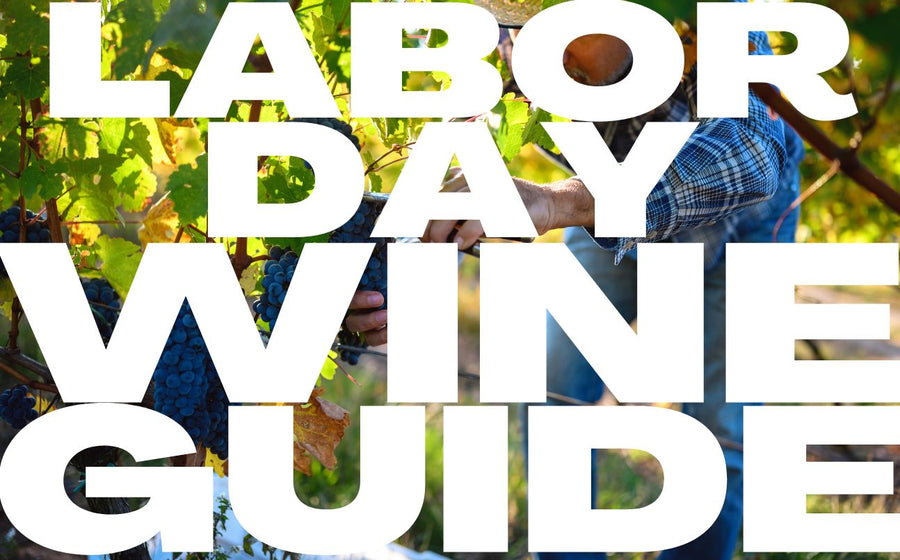
What's Below: BBQ & Grilling Perfect Red Wines Meat & Wine Matches Veggie Grill Wines Pool Party Essentials Crisp White Wines Rosé All Day Sparkling Options Party Planning Ho...

What's Below: European Gems Slovenia's Hidden Tuscany Austria's White Wine Wonderland Spain's High-Altitude Surprise New World Discoveries Mexico's Wine Revolution Brazil's Italian Influ...

We've paired every single Trader Joe's cheese with the perfect wine. Your next cheese board is about to get very, very good. The Ultimate Trader Joe's Cheese & Wine Pairing Guide Look, Trader Joe...

"Liberté, égalité, fraternité" The key to great Bastille Day wine pairing is choosing authentic French wines that complement traditional French foods without overpowering them. Rich cheeses, herb-crus...

What wine should you have on 4th of July? These (All American) ones!

"Wine was never trying to be cool. And thank goodness for that." Every few months, another think piece declares wine dead. "Gen Z has killed wine." "Hard seltzers are the new wine." "Why wine isn't cool...
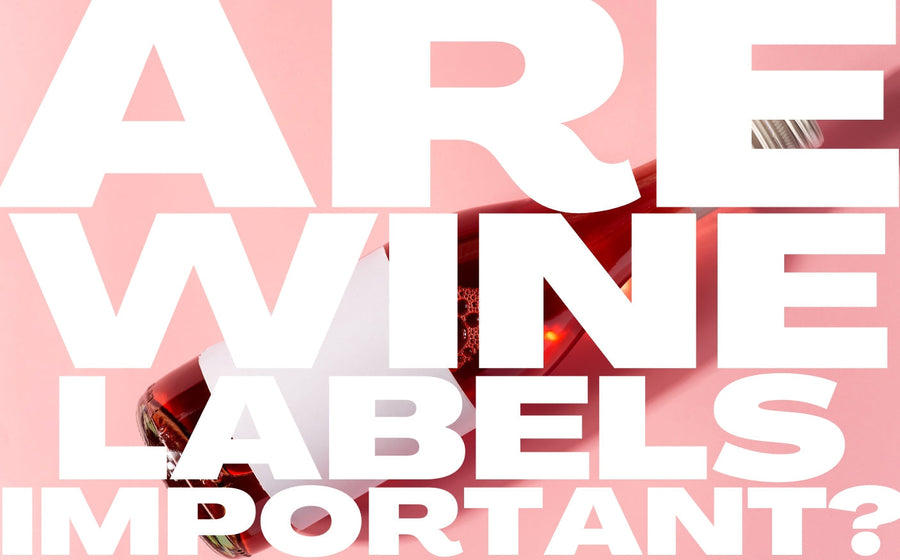
What's Below: The Foundation Introduction The Absolute Reality Real Shopping Experience Digital & Psychological The iPhone Test Psychology of Enhancement Addressing the Purists ...
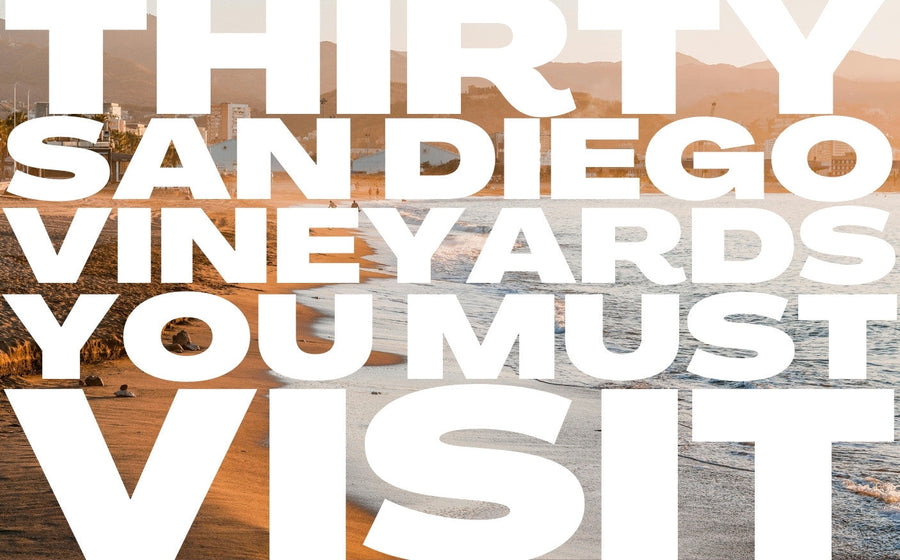
Image source: Valentina Vineyards. San Diego's top source of organically farmed wine grapes. San Diego County boasts over 172 active wineries and vineyards across diverse microclimates, from coastal va...

Italy boasts a rich tapestry of wine regions, each with its unique terroir, indigenous grape varieties, and winemaking traditions. Join us on a journey through all 20 Italian administrative regions, from int...

The journey of wine grapes from vineyard to bottle is a fascinating process guided by both science and tradition. Let's explore how vignerons determine the perfect moment to pick their grapes for optima...

Easter Wine Pairings That Won't Disappoint Easter is hopping our way, and whether you're hosting an elegant brunch or a family feast, the right wine can transform your gathering from merely memorabl...

Explore Sherry: Spain's Ancient Fortified Treasure Source: Consejo Regulador de los Vinos de Jerez y Manzanilla. If you are trying to get an excellent academic understanding of Sherry, its various styl...
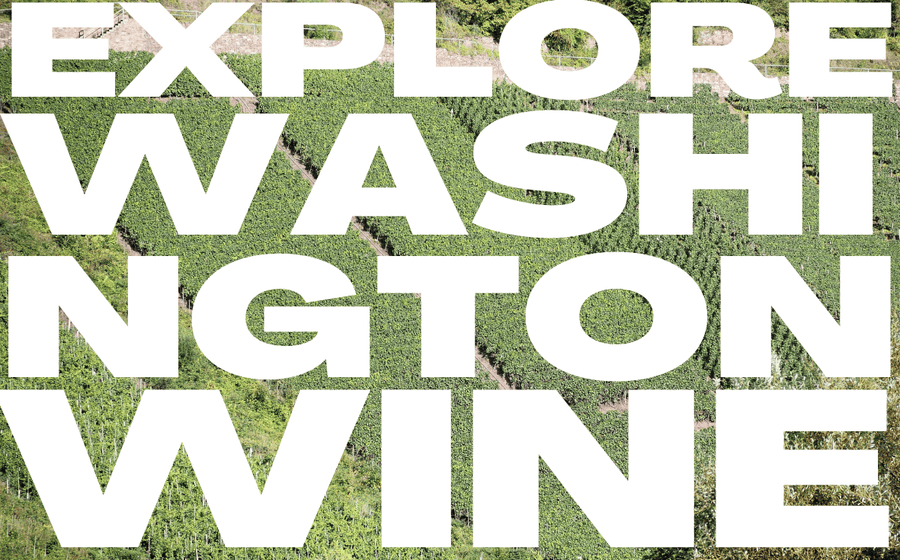
Explore Washington State Wine Source: Washington State Wine Commission. If you are trying to get an excellent academic understanding of Washington State, its various wine regions, and its role within t...





